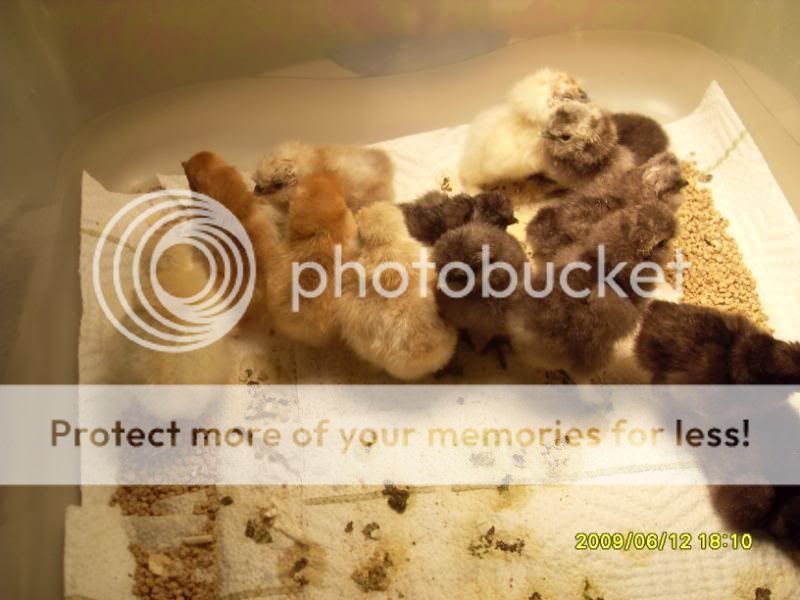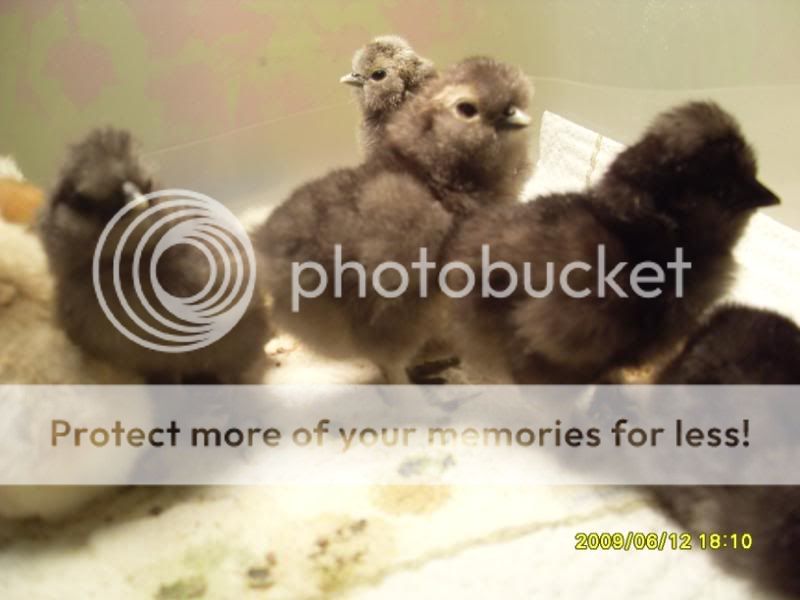Honestly.... the best way to tell is as day old chicks or to breed them as adults. The chicks will be a jet black color, not a coal or smutty looking color. By the time they are a week and feathering out, you better have marked them or the dark blues/blacks look alike by then. On the adults, feather shaft color is no guarantee. This is going to vary based on who's bloodline you have. The only one I know of that used to have the JET black ones all the way to the down used to be Eddie Travers. I have some blacks that I know are at least 5-6th generation solid blacks that will have white on the feather shafting. When you get into the longer and almost double density downed birds like Premier has, then you see the lighter underfluff too. If you really want to know for sure, you do test breedings. Put that bird on a black and you should get 100% blacks. Put it on a splash and if any of the offspring come out splash at all, then you know you have a dark blue instead.
Take a look at this pic.... There are 2 BLACKS and a BLUE in between them.
Now by 2-3 weeks of age, those blues look like this. If you don't already have them marked, its really hard to tell them apart.
There are a few other ways to get a guess.... Take them out in bright sunlight. The blacks will stand out with the jet green sheen and the dark blues will look duller coal black. Bathe them and you will see the silvery down on the blues. Otherwise until you breed them and keep accurate records, it is a guess.
Now the one in the middle here is obviously a blue.... the one to her left may be too though. Don't know unless I check the records for that growout pen.
Here's another good example. Same exact bird, different stage of molt and times of the year. It is a dark blue, but sure looks black right after a molt....
the flash helps alot on this same bird...
Here's a good example too... This gal is 100% black and has white shafting especially noticeable on her foot feathers:














